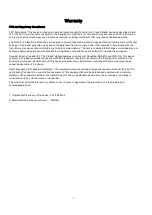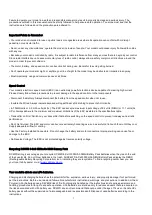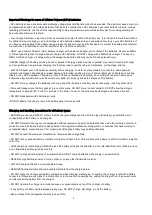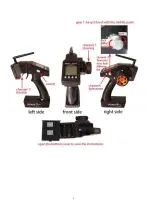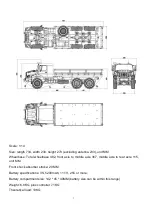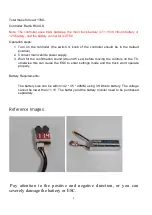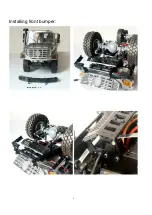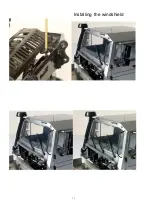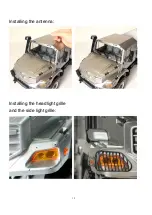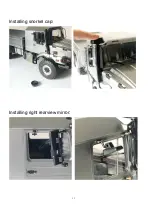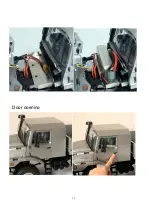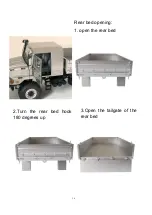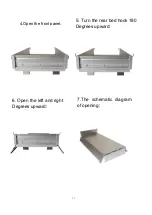
2
Warranty
FCC and Regulatory Compliance
FCC Compliance: This device contains a module that complies with the limits for a Class B digital device as described in part
15 of the FCC rules. Operation is subject to the following two conditions: (1) This device may not cause harmful interference,
and (2) this device must accept any interference received, including interference that may cause undesired operation.
The limits for a Class B digital device are designed to provide reasonable protection against harmful interference in residential
settings. This product generates, uses and can radiate radio frequency energy, and, if not operated in accordance with the
instructions, may cause harmful interference to radio communications. The user is cautioned that changes or modifications not
expressly approved by the party responsible for compliance could void the user’s authority to operate the equipment.
Canada, Industry Canada (IC): This Class B digital apparatus complies with Canadian ICES-003 and RSS-210. This device
complies with Industry Canada license exempt RSS standard(s). Operation is subject to the following two conditions: This
device may not cause interference, and This device must accept any interference, including interference that may cause
undesired operation of the device.
Radio Frequency (RF) Exposure Statement: This equipment complies with radio frequency exposure limits set forth by FCC
and Industry Canada for an uncontrolled environment. This equipment should be installed and operated with a minimum
distance of 20 centimeters between the radiator and your body or bystanders and must not be co-located or operating in
conjunction with any other antenna or transmitter.
This model is not intended for use by children under 14 years of age without the supervision of a responsible and
knowledgeable adult.
1. Operational Frequency of the device: 2.41-2.48 Mhz.
2. Maximum Radio Frequency Power:
<
20Ddbm
Summary of Contents for JDM 158
Page 1: ...1 JDM 158 1 14 Overland 6x6 RTR RC Truck w Utility Bed...
Page 6: ...6...
Page 9: ...9 Installing front bumper...
Page 10: ...10...
Page 11: ...11 Installing the windshield...
Page 12: ...12 Installing the antenna Installing the headlight grille and the side light grille...
Page 13: ...13 Installing snorkel cap Installing right rearview mirror...
Page 14: ...14 Installing battery...
Page 15: ...15 Door opening...


